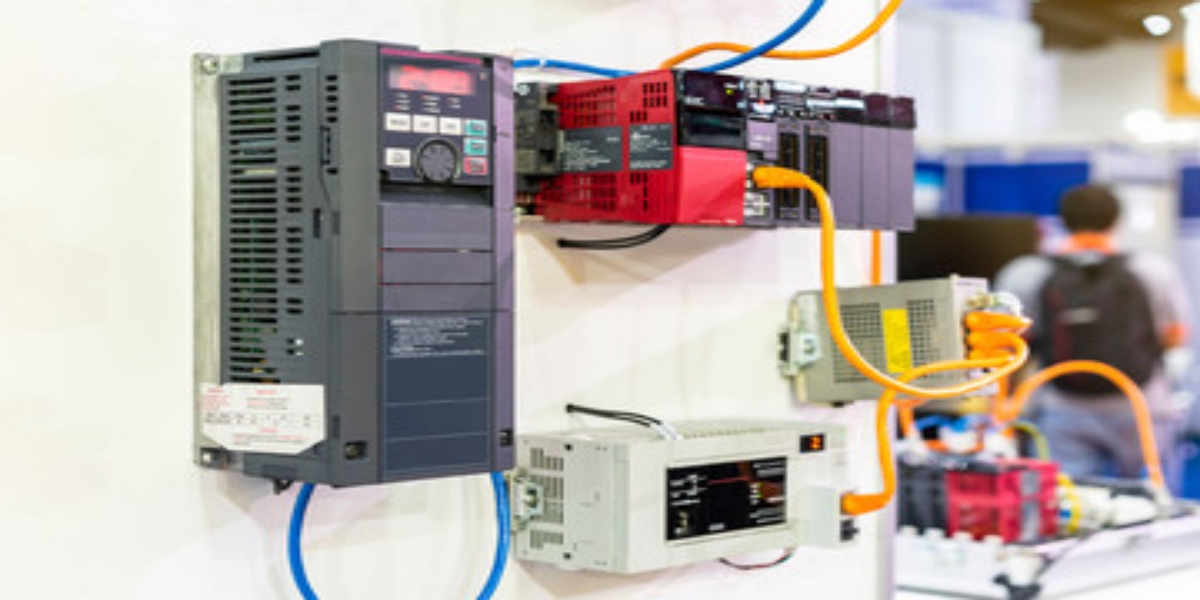
Top 6 Reasons For VFD Failure And How To Prevent Them
Controlling the speed of your motor with the help of a VFD helps you save energy and improve system efficiency, match the speed of the drive to the process requirements, match the torque or power of the drive to the process requirements, and reduce mechanical stress on the appliances driven by the motor.Along with all these uses of a variable frequency drive, it is important to make sure that your drive works smoothly. If there are any irregularities in its working, it is advisable to look for a reliable AC VFD drive repair service which will help you deal with the concerned problem.There are many different reasons for VFD failure that need to be dealt with immediately before they magnify into larger issues. If you are getting over-voltage faults, observing erratic operation, or hearing strange noises from within your VFD, it is indicative of some issue being experienced by your device.
Before approaching a professional AC VFD drive repair service, you can try and troubleshoot the VFD fault you are experiencing, on the basis of the reason for its failure.
Here are 6 of the most common reasons for VFD failure and what you can do to prevent them:
1. Buildup In the VFD
This is the most common reason behind VFD failure. The buildup is nothing but an accumulation of dust that is combined with plant moisture containing oil, moisture, and metallic particles.
When this dust starts accumulating in your VFD, it attracts extra moisture and restricts airflow which is essential for the proper functioning of the drive. Ultimately, more moisture results in more heat generated by the VFD to counter the effect of moisture, resulting in a string of undesirable events. This will result in a gradual decrease in the functioning of your VFD, followed by a sudden halt.
If you want to prevent this issue from occurring, it is important to clean the entire device on a regular basis. Make sure that there is no scope for any dust to accumulate within or outside the device.
Apart from regular cleaning, it is important to make sure that you use the right VFD for the right plant environment. If your plant environment has more moisture, it is advisable to have VFDs that are sealed instead of the ones having side-vents for cooling.
2. Overheating
A lot of overheating is caused by “buildup” as discussed above. Your VFD may also get overheated when the current supplied exceeds the drive’s rated level or when your setup has loose connections.
Excessive heat results in blown capacitors and other essential components of your VFD. It can also result in shorts that may not blow a fuse but are strong enough to shut down the controller.
The most common way of preventing this issue is to make use of temperature probes for checking all your connections in the drive and the motor. Always make sure that the temperature meets the OEM’s requirements. Also, make sure that you maintain a clean and decently ventilated environment to prevent buildup.
3. Excessive Moisture
Moisture causes corrosion in the drive, harming the circuit boards. If your VFD operates round the clock, it creates sufficient heat to prevent internal condensation.
You can make use of dehumidifiers to prevent excessive moisture, making sure that they are not dripping near the electronic equipment. Also, choosing a VFD with sealed housing can help you deal with this issue.
4. Loose Connections
If your VFD starts behaving in an erratic manner, it may be because of loose connections in the circuit. Loose connections are often caused by heat cycles and vibrations over a period of time, resulting in dangerous arcing.
You can prevent this issue by monitoring the different components of the VFD on a regular basis. Check for bulging or leaking capacitors, damaged fans, corrosion, or traces on the circuit board.
5. Using The Wrong Motor/Machine
If you have connected your VFD to an incompatible motor or machine, it is bound to degrade its performance, eventually if not immediately. There are some machines that work well with a soft starter instead of a VFD.
Always make sure you check the compatibility of the motor/machine before you go ahead with connecting your VFD to the device.
6. Ignoring Warning Signs
Finally, the most overlooked reason for VFD failure is ignorance. If you ignore the early warning signs, a relatively smaller issue will manifest into a much larger one, having worse implications.
It is, therefore, advisable to start with preventive measures and seek AC VFD drive repair service as soon as you start noticing irregularities in your device.
Also Read: Variable Frequency Drive (VFD): Types And Features

